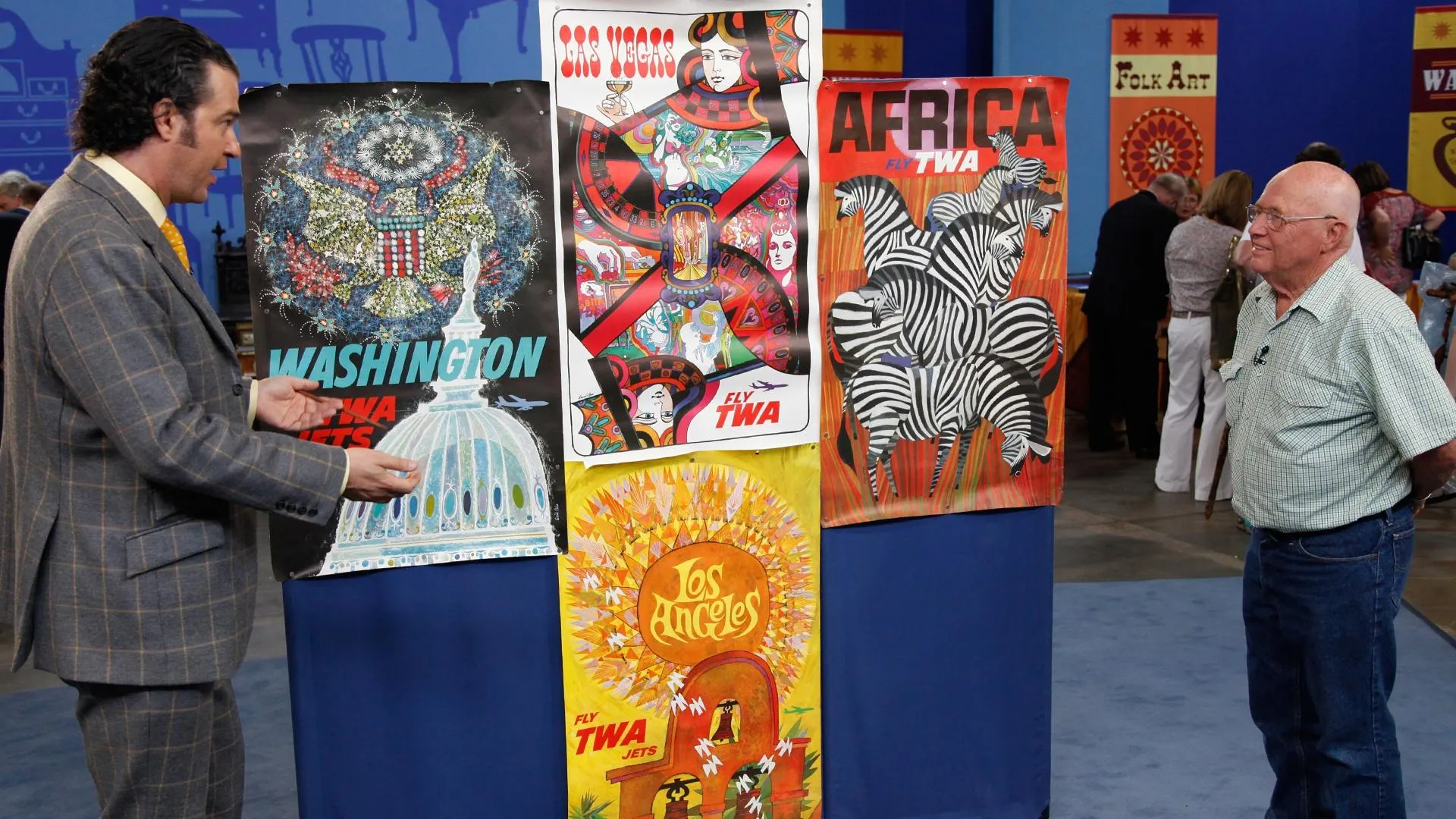GUEST: I bought it in an estate auction in Tripp, South Dakota.
APPRAISER: And is this something you do a lot, go to estate auctions?
GUEST: I do like to go to them.
APPRAISER: Now, when you bought it, did they tell you anything about what it was? Or what did you figure it out?
GUEST: I had read an article on majolica about two weeks earlier that had color articles. And when I saw the glaze, I thought it was a piece of majolica.
APPRAISER: But what do you think it is when...after getting beyond the majolica part?
GUEST: I think it's a cheese keeper.
APPRAISER: How much did you pay for it; can I ask that?
GUEST: $40.
APPRAISER: And do you feel you got a good buy at this?
GUEST: I think so.
APPRAISER: Okay. Well, would you like some good news or bad news about it?
GUEST: Bad news first.
APPRAISER: Well, the bad news is I'm afraid it isn't really majolica and it isn't really a cheese keeper.
GUEST: Huh, okay.
APPRAISER: Well, the good news is, you only paid $40 for it, so you didn't get that much hurt. Today, so many estate sales are called that, but they're not really estate sales. They're little auctions put together, composed of perhaps some old things from the house itself. Or a lot of new things that are put there just to attract the bidder and take advantage of being under the banner of an estate sale. I'm afraid this is one of those. It's a modern reproduction of a piece of Victorian majolica. Now, we can tell that in many ways. First of all, it's too small to be a cheese stand and cover of the Victorian period. They come in slightly larger sizes to accommodate the cheeses of the time. Secondly, the form of it, the shape of it is not quite right to be a Victorian form. Particularly, this finial here, this knob. The colors are a little off, they're a little too bright, too garish, particularly this yellow band, to be Victorian application. If it was a good piece, a really good piece, first of all, it would be signed in one way or another because the best pieces are signed. There were a number of smaller manufacturers that made modest pieces, which have value today, in which the glaze drips. But that degree of dripping is something of a giveaway too, that it's not authentic. And all in all, it adds up to a piece made in Southeast Asia and made probably quite recently. When you bought it, I suspect it was no more than a few years old. If you found an authentic Victorian majolica cheese stand and cover of this sort of quality, it would likely be worth at least $1,000 and maybe $1,500. I think it's worth what you paid for it. I think $40 is about right.
GUEST: I'll have to keep looking.



